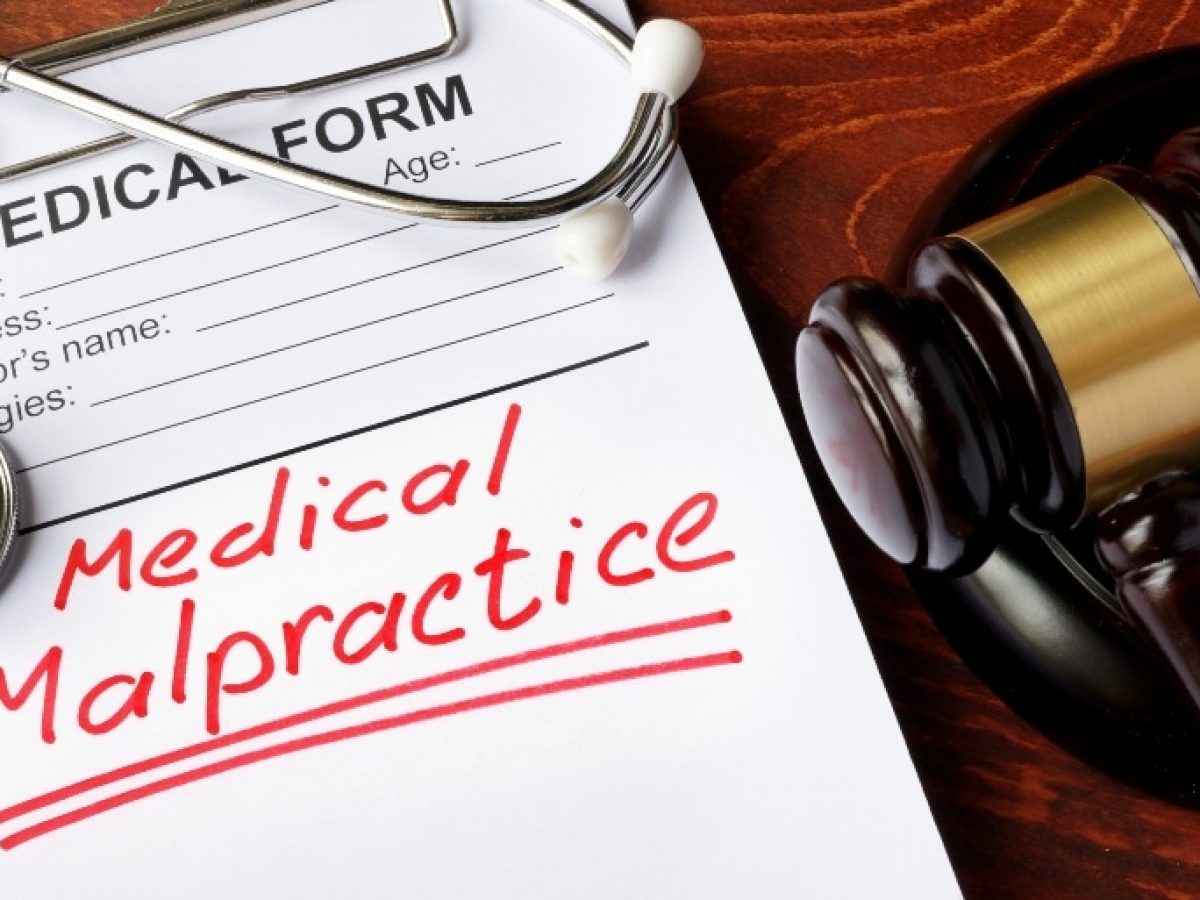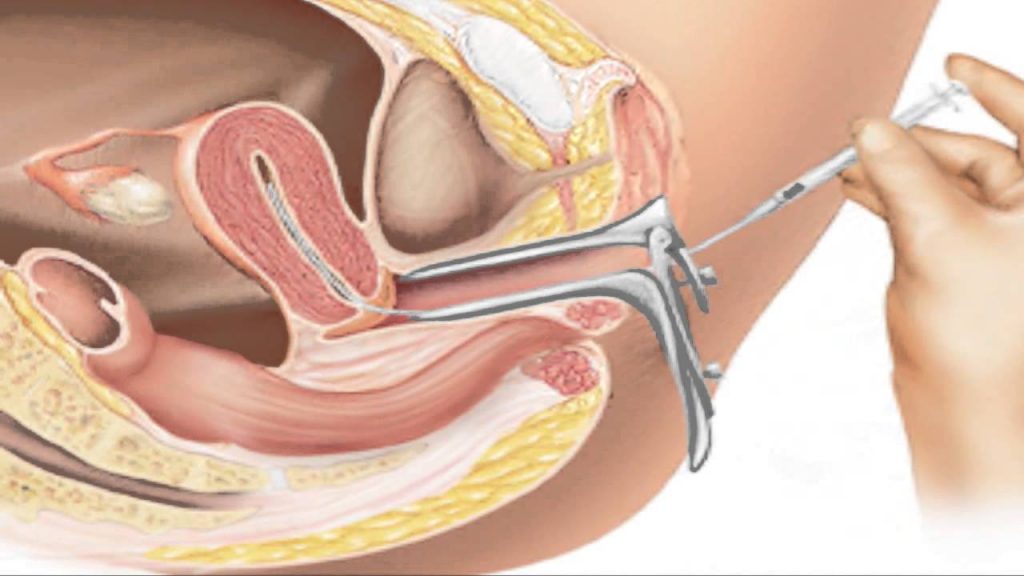What are Medical Malpractice and its Types of Error

Medical malpractice takes place when the health care provider or professional neglects to give appropriate treatment, overlooks the right action, or provides the substandard treatment causing injury, harm, or sometimes death to the patient.
Negligence or malpractice generally involves medical errors. It could be in health management, aftercare, diagnoses, treatment, or medication dosage. The law of medical malpractice also makes it highly possible for the patients to efficiently recover some compensation from the harms resulting from the particular substandard treatment.
Medical Malpractice Lawyers Brisbane also handles the insurance claims for harms or disabilities from medical treatment & compensation claims for some medical defaults or errors, i.e. Medical Malpractice and Medical Negligence.
Have a look below to know all about what medical malpractice exactly is, and its possible error types to get a better how-know about it;
What is exactly medical malpractice?
A healthcare expert, physician, or hospital is expected to give a certain care standard. Well, the expert isn’t basically liable for all the injury and harm the patient generally experiences.
Anyhow, they’re responsible legally if they experience injury or damage because the specific health provider deviated from the care quality that’s typically expected in the same circumstances.
In accordance to the U.S malpractice lawyers, a number of the essential factors can be involved in medical malpractice, including;
Failure to offer a proper care standard: Well, the law needs that health care experts efficiently adhere to particular standards or conceivably face a negligence accusation.
The injury occurred from any negligence: If the patient usually feels that the provider is negligent or inappropriate, but no injury or harm occurs, there can be potentially no claim for it. And the patient will need to prove that the provider’s negligence caused any harm or injury. Without negligence, this can’t be considered whether it even happened or not.
The injury should have damaging outcomes: The patient needs to show that the harm or injury caused by this medical negligence actually resulted in high and considerable damage.
Possible damages may include:
- Constant pain
- Disability
- Suffering
- High loss of income
- Enduring hardship
Types of error & malpractice
Some major examples of the cases when the errors could lead to an actual lawsuit mainly include:
- Premature discharge
- Incorrect surgery
- Operating on the wrong body part
- Failure to appropriately diagnose or misdiagnose
- The patient has consistent pain after that surgery
- Not exactly following up
- Leaving anything inside the body of the patient
- Failure to order the right tests
- Prescribing wrong medications
- Bedsores or ulcer pressures
- Fatal infections developed in the hospital
Other incidents in the past also included patients committing suicidal acts and fires in hospitals while in the presence of health staff care.
Also, the blood thinners can effectively lower the risks of heart attack and stroke by preventing blood clots from taking place in the arteries and veins, but at comparatively higher amounts, they can also enhance the bleeding risks.
We hope this guide will help you find enlightening information about malpractice!








